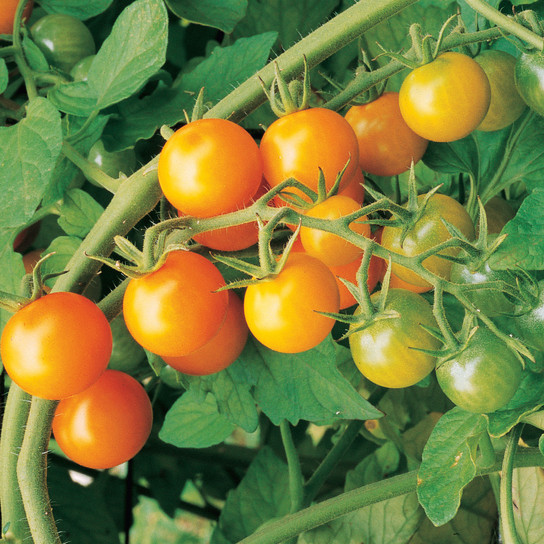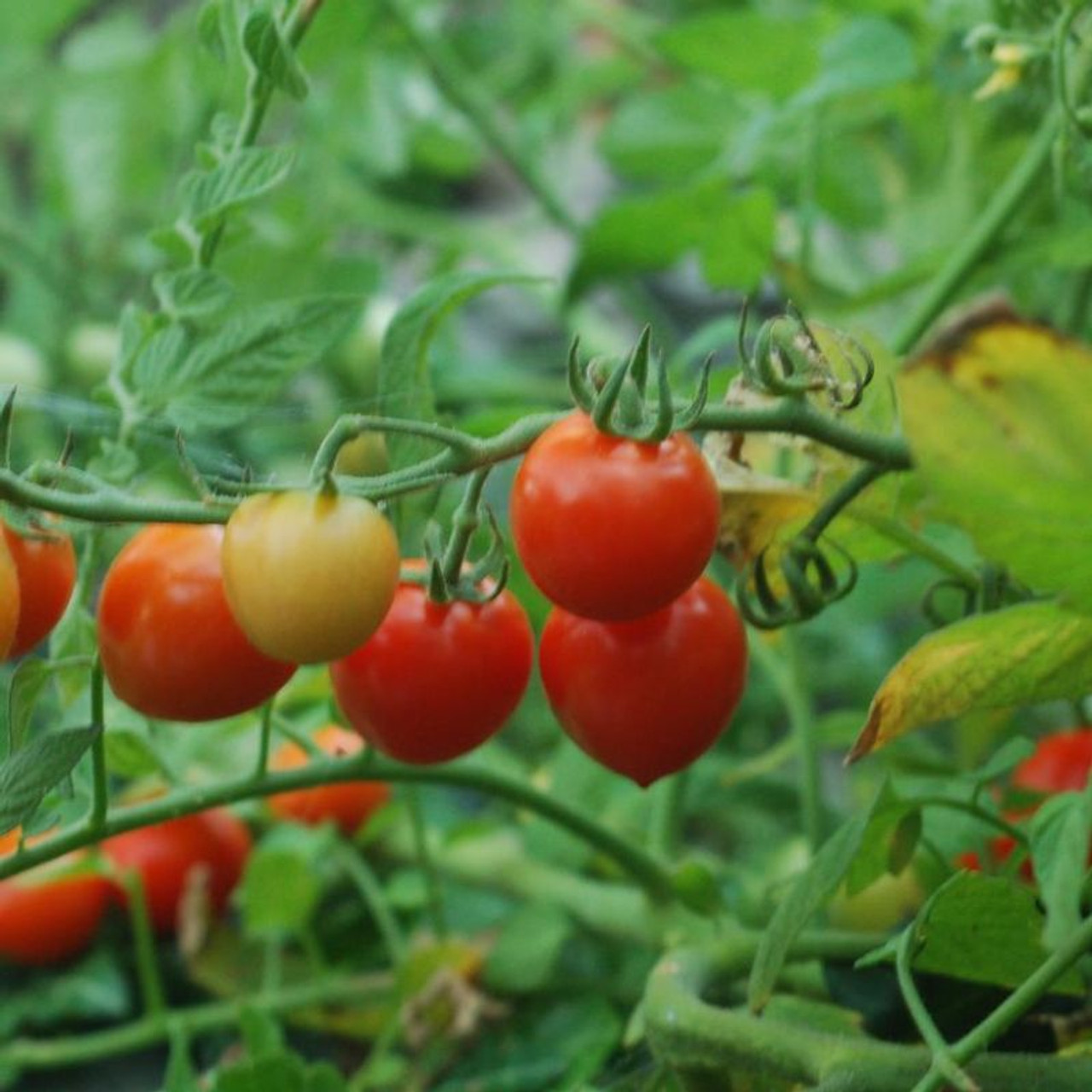Tomato Plants 1 to 60 of 63 total
-

-

-

-

-

-

-

-

-

-

-

-

-

-

-

-

-

-

-

-

-

-

-

-

-

-

-

-
 Growing Zones: 9 to 11
Growing Zones: 9 to 11Goodness Grows Edibles
Heirloom Marriage™ Marzinera Paste Tomato Plant
$36.99 -

-

-

-

-

-

-

-

-

-

-

-

-

-

-

-

-

-

-

-

-

-

-

-

-

-

-

-

-

-

-

-








